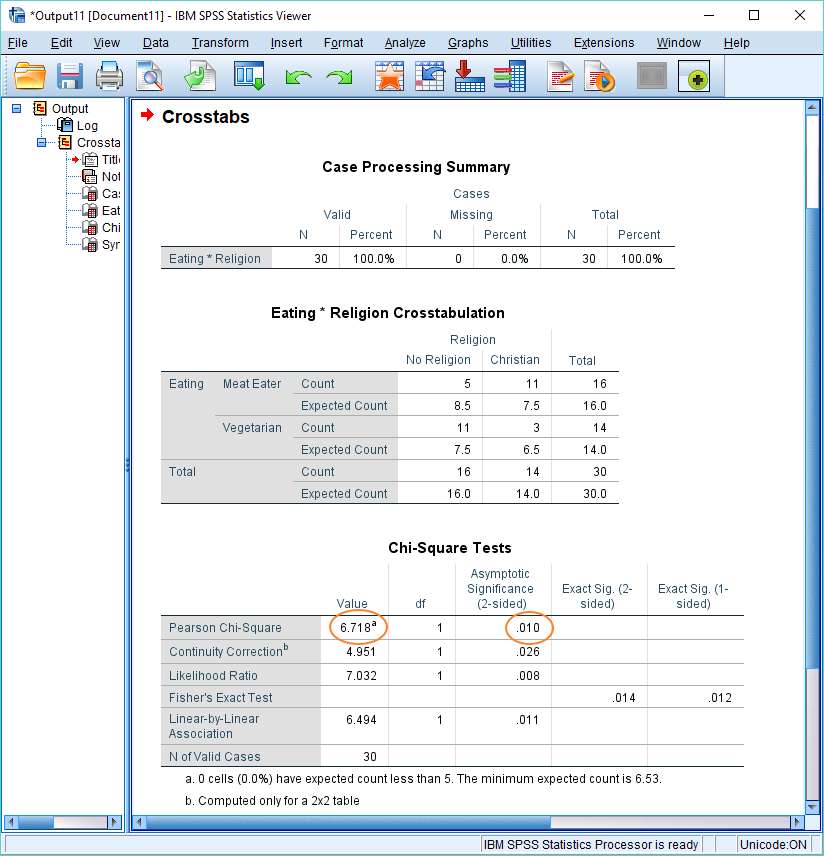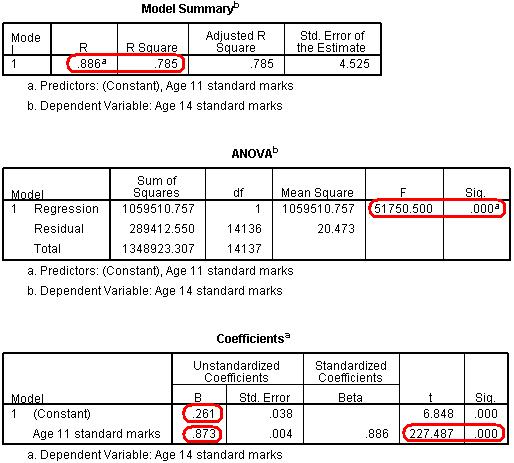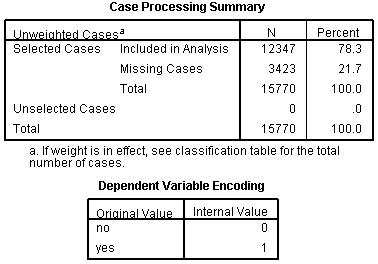Best SPSS Assignment Writing Services Online: A Comprehensive Guide|2025
/in SPSS Articles /by BesttutorFinding the best SPSS assignment writing services online can be the key to overcoming challenges in complex statistical tasks. These services offer expert assistance, ensuring your assignments are accurate, well-structured, and meet academic standards. By leveraging the expertise of professionals, students can save time, enhance their understanding of SPSS, and achieve better academic outcomes. This comprehensive guide provides insights into the top platforms available and how to choose the right service for your needs. With the right support, excelling in SPSS assignments has never been easier.
When it comes to academic success, SPSS (Statistical Package for the Social Sciences) assignments are often challenging for students, especially those unfamiliar with statistical analysis or the SPSS software itself. From data input to interpretation, SPSS can be a daunting task. This is where online assignment writing services come into play. Students often turn to these services for assistance with SPSS analysis, as they offer expert help to ensure assignments are completed accurately and on time.
But with so many services available online, how do you choose the right one? This paper explores the best SPSS assignment writing services online, answering key questions like: What is the best website for assignment writing?, Can I pay someone to do a SPSS analysis?, How do I choose the best assignment writing service?, and How to get help with SPSS?
What Is the Best Website for Assignment Writing?
There are countless online platforms offering assignment writing services, but not all are created equal. When searching for the best website for assignment writing, there are several factors to consider, including the quality of service, affordability, reputation, and expertise in SPSS. Some of the top websites for assignment writing that are highly recommended for SPSS analysis include:
- GetSPSSHelp.com GetSPSSHelp.com is a well-established platform known for its professional services in SPSS assignments due to its team of highly skilled statisticians and academic experts. The platform delivers precise and reliable solutions tailored to meet the unique needs of each student, ensuring high-quality work. It offers 24/7 support, making expert guidance accessible at any time for students worldwide. Competitive pricing, along with a commitment to on-time delivery, has earned the trust of countless students seeking SPSS assistance. With a strong reputation for excellence and customer satisfaction, GetSPSSHelp.com continues to be a top choice for academic success in SPSS assignments.
- AssignmentMaster.co.uk AssignmentMaster is another top contender in the world of SPSS assignment services. Known for its highly skilled team of statisticians, the platform offers comprehensive SPSS analysis help for students at various academic levels. With timely delivery and an emphasis on quality, AssignmentMaster is an excellent option for those needing expert assistance with SPSS-based tasks.
- AssignmentHelp4Me.com This service is particularly popular for offering personalized SPSS assignment help. Whether you need data analysis, chart creation, or interpretation of statistical results, AssignmentHelp4Me connects students with experienced statisticians who specialize in SPSS software. The platform is known for its friendly customer service and affordable pricing.
- TopAssignmentExperts.com TopAssignmentExperts is another reliable service that excels in providing SPSS assignment help. They are known for offering a full range of academic services, including SPSS assignments, thesis support, and data analysis. The platform provides 24/7 customer support, making it easy for students to reach out for assistance at any time.
- MyAssignmentHelp.com As one of the most well-known names in the academic writing service industry, MyAssignmentHelp.com offers professional SPSS assignment writing services that cater to students’ various needs. With a team of experts who have extensive experience with SPSS software, this platform provides high-quality solutions, timely delivery, and reasonable pricing.
Can I Pay Someone to Do a SPSS Analysis?
Yes, you can pay someone to do your SPSS analysis. Many online assignment writing services offer SPSS analysis as part of their services. If you’re struggling with understanding SPSS software, need help interpreting data, or just don’t have the time to complete your SPSS assignment, hiring a professional is a viable solution.
Paying someone to do an SPSS analysis typically involves:
- Uploading Your Assignment: You start by uploading your SPSS assignment to the chosen service. This includes any datasets, instructions, and specific requirements from your professor.
- Choosing Your Expert: Based on your requirements, the service will match you with an expert who specializes in SPSS analysis. You can often view the qualifications and ratings of experts before choosing one.
- Analysis and Report Creation: The expert will conduct the SPSS analysis, including running the necessary statistical tests, interpreting the results, and providing a well-organized report with all the required explanations.
- Review and Finalization: After the analysis is completed, you’ll receive your report. You can review it and request revisions if needed.
Paying someone to do your SPSS analysis can save you time and reduce the stress of understanding complex data analysis. However, it’s important to ensure that the service you choose is reputable and provides high-quality work. Always look for services that have qualified statisticians or SPSS experts on their team, as this ensures that your assignment will be handled with accuracy and professionalism.
How Do I Choose the Best Assignment Writing Service?
Choosing the best assignment writing service can be overwhelming given the number of available options. To help narrow down your choices, consider the following factors when selecting a service for SPSS assignments:
- Expertise and Specialization: Ensure the service you choose specializes in SPSS assignments. Not all assignment writing services offer statistical analysis, so it’s important to pick a service that has experts in data analysis and SPSS software. Look for services that clearly state their expertise in SPSS and have qualified statisticians on their team.
- Reviews and Reputation: Online reviews can provide valuable insight into the quality of service. Look for platforms that have positive feedback from students who have used their SPSS assignment services. Websites like Trustpilot, SiteJabber, and Google Reviews can help you gauge the reputation of a service.
- Quality of Work: The quality of work is one of the most important factors when choosing an assignment writing service. A reliable service should deliver high-quality, plagiarism-free assignments. Many top platforms provide sample assignments, so you can review these before making your decision.
- Customer Support: It’s essential to choose a service with excellent customer support. Whether it’s answering questions before you make an order or assisting with revisions after delivery, responsive customer support ensures you are taken care of throughout the process.
- Timeliness and Deadlines: Look for a service that guarantees timely delivery. SPSS assignments can have tight deadlines, so you need to work with a service that can deliver the completed task on time, without compromising quality.
- Price and Affordability: While price is important, it should not be the only factor you consider. Some services may offer very low prices, but they may compromise on quality. Choose a service that offers competitive pricing and provides a good balance between affordability and quality.
- Confidentiality and Security: Ensure that the assignment writing service protects your privacy. Your personal information and assignment details should remain confidential. Reputable services often have security measures in place to protect data from third-party breaches.
How to Get Help with SPSS?
Getting help with SPSS can be essential if you’re struggling with the software or your assignment. Here are several ways to get SPSS help:
- Online Assignment Writing Services: As mentioned earlier, you can easily get help with SPSS by hiring an assignment writing service. Many of these services have experts in SPSS and statistics who can take care of all aspects of your assignment, from analysis to report writing.
- Online SPSS Tutorials: Many websites and YouTube channels offer free tutorials to help you learn how to use SPSS. These resources can guide you through the steps of inputting data, conducting statistical tests, and interpreting results.
- University Tutoring Services: Many universities provide tutoring services that help students with SPSS. These tutoring centers are often staffed with experts who can help you understand the software and guide you through your assignments.
- SPSS User Forums: Online forums, such as the SPSSX-L or ResearchGate, allow students to ask questions and share knowledge about SPSS. Posting your questions in these forums can often yield helpful advice from other SPSS users.
- SPSS Help from Classmates: If you have classmates who are proficient in SPSS, ask them for help. Study groups can also be a great way to collaborate and work together on complex assignments.
Conclusion
SPSS assignments can be a challenging aspect of academic work, especially for those who are not well-versed in statistical analysis. However, with the help of online SPSS assignment writing services, students can alleviate some of the pressure associated with these tasks. The best websites for assignment writing provide expert assistance, timely delivery, and reasonable pricing, making them valuable resources for anyone needing SPSS help.
Remember to consider factors like expertise, reputation, and quality of work when choosing a service, and don’t hesitate to seek professional help if you find yourself overwhelmed. Whether you need someone to do an SPSS analysis for you or require guidance on how to get help with SPSS, these services are designed to support your academic success.
Needs help with similar assignment?
We are available 24x7 to deliver the best services and assignment ready within 3-4 hours? Order a custom-written, plagiarism-free paper












 Conclusion
Conclusion


















